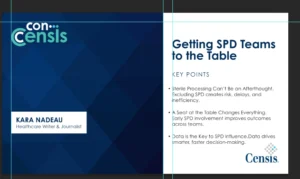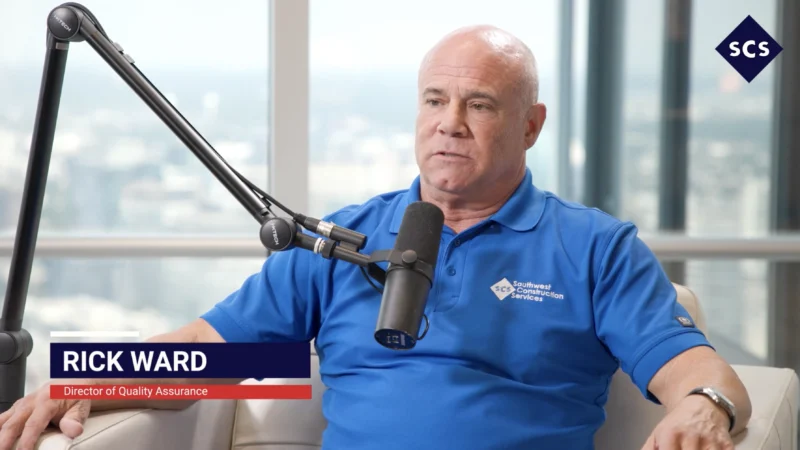Building a Sustainable Future out of Glass and Aluminum, with Nelson Wills of Element Designs
What does it mean to be a “modern” architect that’s ecologically conscious? No need to string this one out, the answer is pretty simple: it lies in the materials. Some of the simplest and most gorgeous materials for interior design not only meet the aesthetic need for a visually enticing and comfortable environment, but they lead to more sustainable final products.
One of these materials is glass. It’s definitely not a new product; its first human iteration is over around 5000 years old. It’s a material that is everywhere, meets our needs, and has so much cross industry appeal. It’s a preferred feel and look for Food & Beverage, it’s on our high-end communication devices, and is an important feature in transportation. In interior design, it’s not only a visual trend that inspires employees, but it’s sustainable as well…though it hasn’t caught on in every market. According to a recent MarketScale education technology study, only 7% of college classrooms have a writable glass surface. How can designers and executives encourage more integrated glass solutions into their environments?
Our guest today, Nelson Wills, Founding Partner at Element Designs, explains why, especially with a potentially unstable climate in the next decade, simple choices like glass in buildings can make all the difference. “Glass is all around us, it’s arguably one of the safest materials known to man,” Wills said. Wills details the recyclable properties of glass, how it can insulate and generate energy, and how it prevents destruction of natural resources. With a glass industry that has grown over 30 percent in interior applications over the past decade, Wills thinks it’s time for everyone to get on board.
Another material less ingrained in human history than glass but just as practical is aluminum. It’s elemental properties give it even more recyclability than glass, and its high strength-to-weight ratio has made it an exciting building block in industries like Pro AV and Entertainment. “When we compare it to steel, it’s a much more economical and friendly material that has a lot of the same broad range of applications,” Wills said. “It has a high recycled friendly and an economical price point.”
One of aluminum’s biggest and most impactful applications comes from the transportation industry, where it’s low weight has reduced emissions and improved fuel efficiency. Wills joined us on the podcast again to discuss aluminum’s power in commercial architecture, and how anything from window and façade systems to sunshades can cut operational costs for a building, saving the Earth and business owners’ money at the same time. “Let’s use materials that are unlimited from a resource stand point and are completely sustainable,” Wills said.
For the latest news, videos, and podcasts in the AEC Industry, be sure to subscribe to our industry publication.
Follow us on social media for the latest updates in B2B!
Twitter – @AECMKSL
Facebook – facebook.com/marketscale
LinkedIn – linkedin.com/company/marketscale









